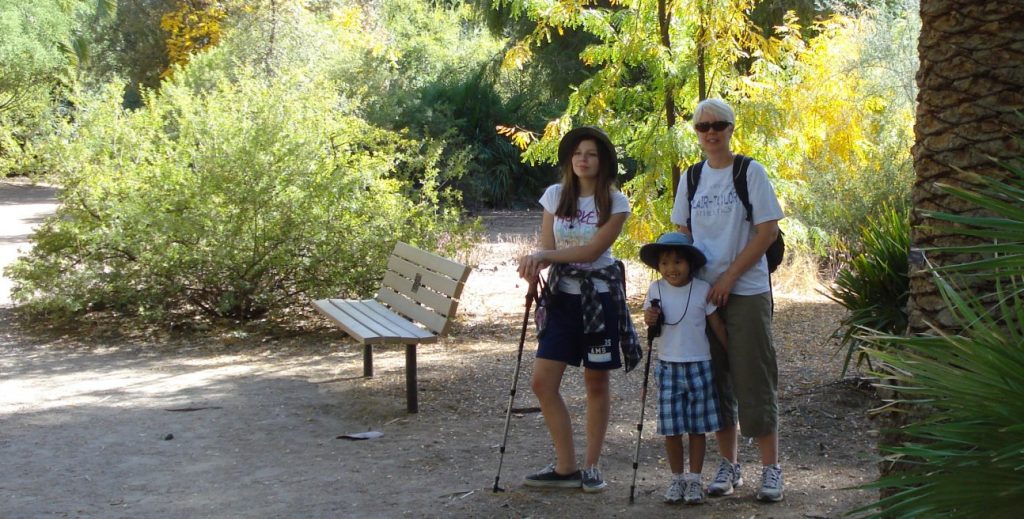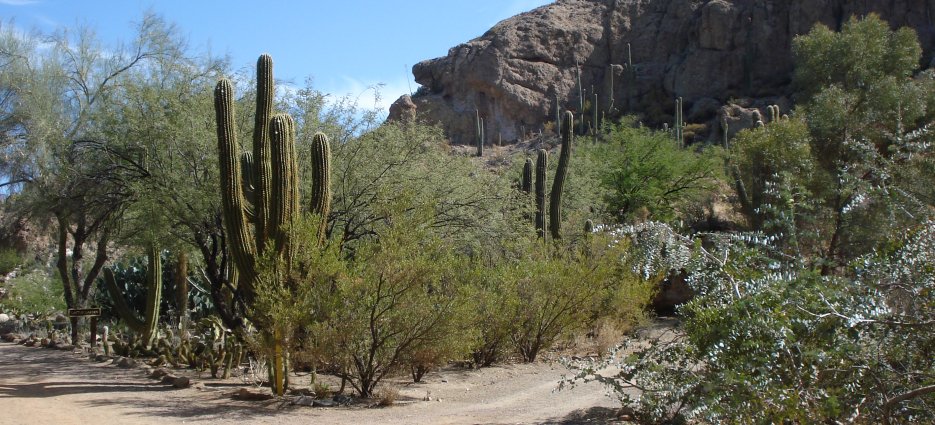
We spent our last day in Arizona at the Bryce Thompson arboretum, where you can see trees and plants native to the desert southwest, the Sonora and Chihuahua regions, as well as those from deserts in South America, Africa and Australia.

Desert landscapes are strange for someone who grew up in Eastern North America, although the Sonora vegetation is vicariously familiar because of all the cowboy movies. Almost everything has thick skin and thorns and takes a long time to grow.
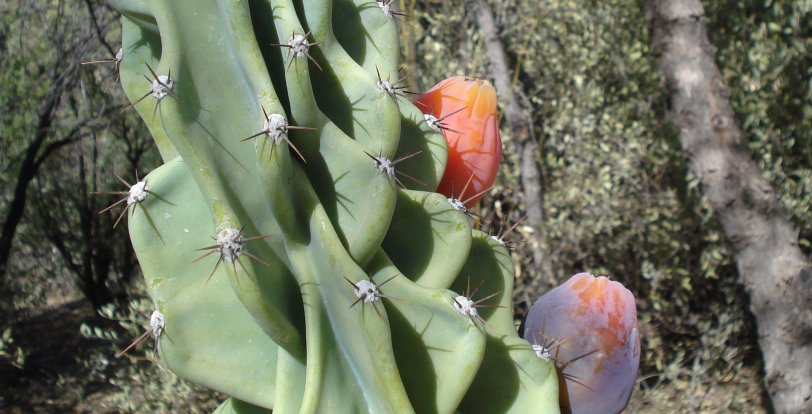
The exception is the gum tree or eucalyptus. It is a type of miracle tree from Australia. It can grow very fast in dry harsh conditions. This wonderful capacity for growth and adaption has made eucalyptus an invasive species. It can often out-compete the native desert flora, but it provides little for wildlife to eat.
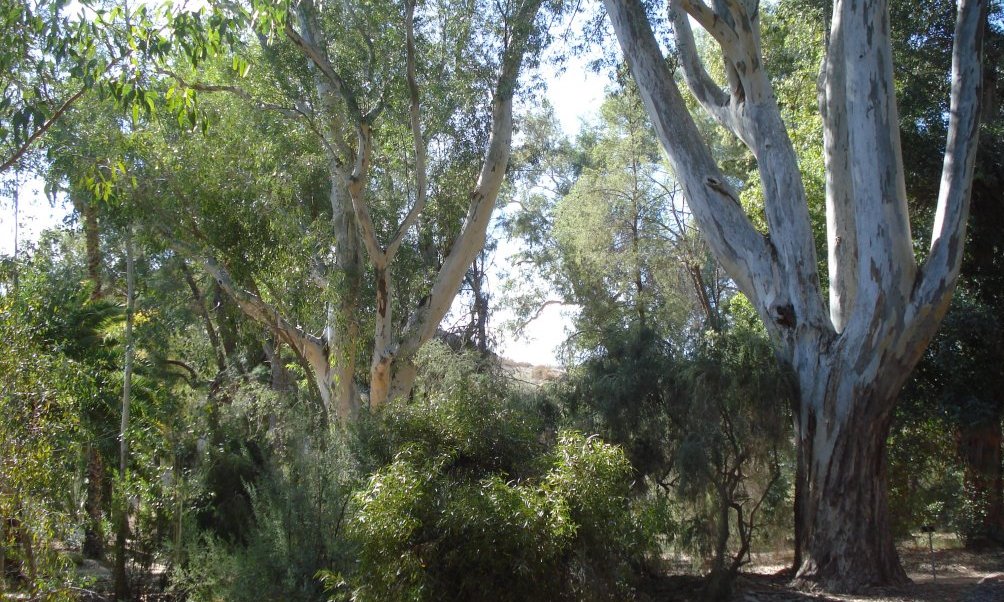
Kuala bears eat the leaves, but most other animal avoid them. I suppose this is because they smell like Halls Mentholypus cough drops and probably taste like them too. It is an acquired taste. Like everything else, its value can be judged only in context. Eucalyptus are great trees to provide shade, cover and erosion control. They get big. The one pictured below was planted in 1926. And they are attractive individually and in clumps.
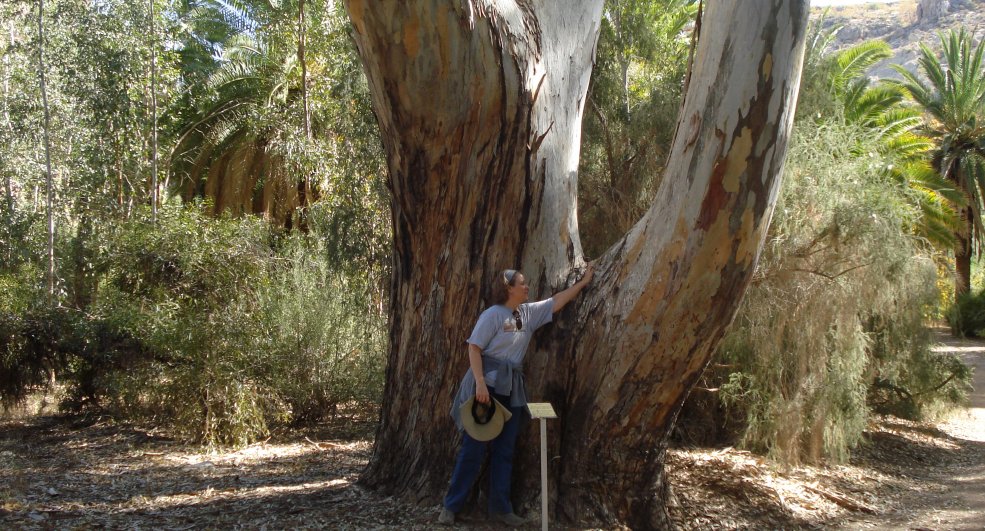
Date palms were familiar from Iraq. Dates are a very productive desert tree. I have written about them before. I cannot tell them apart, but I understand that there are dozens of varieties.
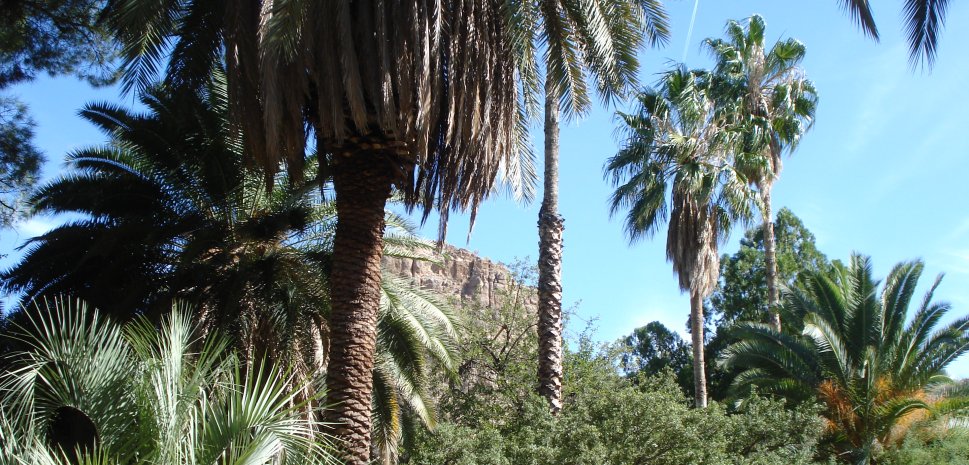
An arboretum is not only a pretty place. It is also a place to learn about natural communities. They say the desert speaks, but I like to have someone put up a few signs to interpret it for me. The biggest surprise was an Australian she-oak. It is not related to our oaks (quercus). I had absolutely no idea what it was. Below are Maleah, Diane & Christiana in the date palm grove.
